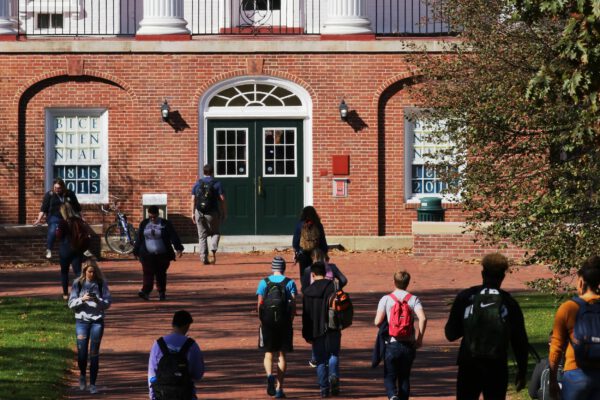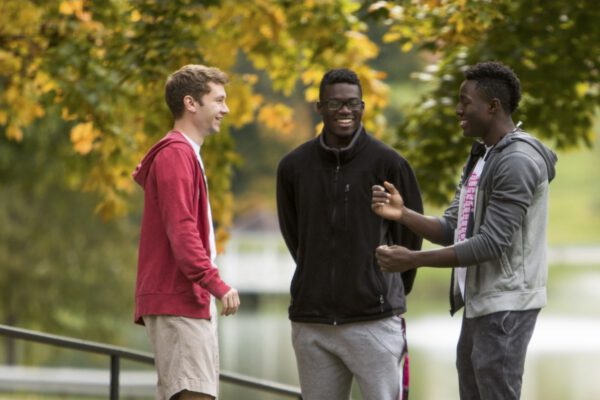
The Harvard Admissions Case: Reactions to the Judge’s Ruling
ACE Vice President and General Counsel Peter G. McDonough talks with four experts on diversity in admissions policy about the recent district court decision in Students for Fair Admissions, Inc. v. Harvard.
October 11, 2019

